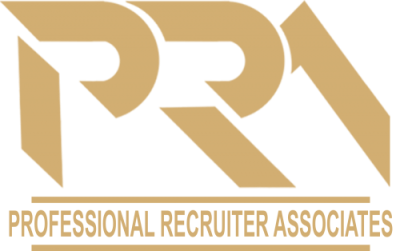Seven Keys to Continuous Improvement and Quality Management
 5-ways-to-build-a-workplace-culture-of-continuous-improvement
5-ways-to-build-a-workplace-culture-of-continuous-improvement
Tactical Decision Theory: Planning strategically is a business process that best-in-class companies employ to identify their critical success targets that set the course for future growth and profits. Lewis Carroll in “Alice in Wonderland” makes a good case for it: “Would you tell me, please, which way I ought to go from here?” said Alice. “That depends a good deal on where you want to get to,” said the Cat. “I don’t much care where…,” said Alice. “Then it doesn’t matter which way you go,” said the cat.
Operational Foresight: One of the major challenges in industry today is the timely right sizing of operations. Profit margins can be eroded by not taking timely downsizing actions and market windows can be missed and customers lost by not upsizing the direct labor force in a timely manner. These actions demand timely, tough decisions that require accurate, well-timed and reliable resource planning and sales bookings.
Supply Chain Strategy: Material handling and storage are two of manufacturing’s high cost, non-value added activities. The elimination of the stock room, as it is known today, should be a strategic objective of all manufacturers. It’s time to realize that there is much more to increasing supplier contribution to a company’s growth and profitability than simply placing purchase orders with the lowest price bidder.
Data Veracity: It is not uncommon for front office management to become disenchanted with computerized systems results when time schedules and promised paybacks are not achieved. Truism: acceptable systems results cannot be achieved when systems are driven by inaccurate data and untimely, uncontrolled documentation.
Value Mapping: Analysis of the processes which the maps represent can help you increase customer satisfaction by identifying actions to reduce process cycle time, decrease defects, reduce costs, establish customer-driven process performance measures, reduce non-value-added steps, and increase productivity are a few.
Lean Management: Price Pritchett puts it this way, “Without Kaizen, you and your employer will gradually lose ground. Eventually, you’ll be “out of business,” because the competition never stands still.
Performance Measurement: Systems can be motivational or de-motivational. The individual goal setting of the 80’s is a good example of de-motivational measurement – it tested one individual or group against the other and while satisfying some individual egos, it provided little contribution to overall company growth and profit. Today, balanced scorecard training is the choice of manufacturing winners.

Professional Recruiter Associates